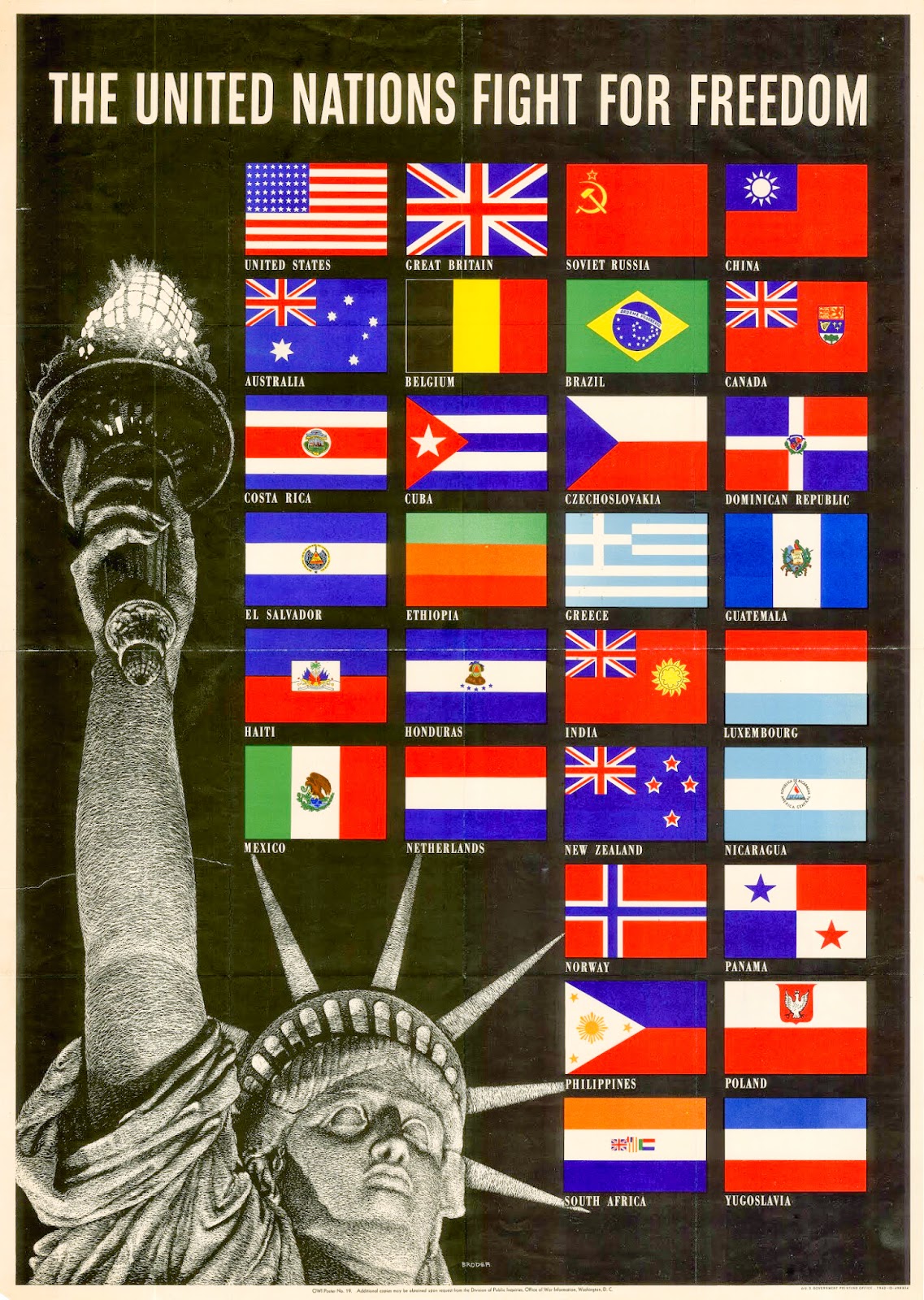

In Germany, however, where there are strict censorship laws against this, the campaign will be censored accordingly. This means that for most countries, the campaign will still have the swastika and other Nazi imagery. So Sledgehammer decided to include the Nazi symbols in the campaign "to be historically accurate and tell the story we wanted to tell."Ĭondrey says it was " the best way to represent history, which was very important to us." The developer even has a military historian on the payroll to ensure that this imagery is used in historically accurate ways throughout the campaign. In short, it's not something we take lightly." There’s certainly a line that we are very conscious not to cross, while still honoring the sacrifice of those who fought to push back the world from the brink of tyranny. It’s a fine balance of not glorifying the symbolism, while also not ignoring or shying away from this dark moment in human history. "There are, of course, cultural boundaries that we felt we needed to respect," he adds, "and we also wanted to be authentic in our approach to game design. This donation and incredible story of one man’s unique war-time experiences illustrates again the importance of the collections and the exhibitions of the National World War I Museum.“We’ve wrestled with the topic of Nazi iconography, including the swastika, throughout the course of development," Sledgehammer co-founder Michael Condrey tells me. service coat with Advance Section Service of Supply shoulder sleeve insignia, collar disc insignia for the National Army 504th Engineers and his mechanic insignia on the right sleeve. Hurd, of Billings, Mont., features Nicolaisen’s Imperial German tunic with shoulder straps for the 86th Fusiliers, his feldmutz (soft cap), his GeW 98 rifle dated 1906, and other accoutrements hidden in Denmark for many years. The donation from his great-nephew, Donald R. While it cannot be completely verified at this time, Nicolaisen was certainly one of a few, if not the only man to serve in the German Army followed by the American Army in World War I. He returned to Europe as a private in the American Expeditionary Forces and served as a mechanic until returning to the U.S. entered the war in April, 1917 and by October, Nicolaisen had been drafted and was sent to Co. Fourteen days later, he went through Ellis Island and soon traveled to Bridgeport. Maneuvering through Danish check points and bureaucracy, he finally sailed aboard the Scandinavian-American liner Frederick VIII.
WORLD WAR II ONLINE FLAGS FULL
I couldn’t confide in anyone and had to go in full uniform.”Ī relative in Denmark gave him civilian clothes and, after several weeks, he wrote his other brother Jens in Bridgeport, Conn., and decided to go to the United States.

Nicolaisen later said, “I managed to get a three-day pass in the fall of 1915 and decided to catch a train north from Hamburg.

He learned of his brother Soren’s death on the Eastern Front in 1915 and soon Nicolaisen decided to desert to Denmark. He stated later that he hated everything about his service in the German Army. When World War I started, Christian was assigned to the Imperial German Army’s 86th Regiment of Fusiliers, 18th Division, also known as the Queen Augusta Victoria Regiment. He went to German schools and was under compulsory German military service when he came of age. While the objects in the donation might seem familiar, it is the history which accompanies this recent acquisition that makes it compelling.Īccording to primary records, an article in the Waterbury, Conn., Sunday Republican magazine on March 29, 1970, notes that Christian Celius Nicolaisen was born of Danish parents in German occupied territory in Skoolburg (Skodberg), Slesvig. It is always exciting when the Museum receives a donation with an incredible story.


 0 kommentar(er)
0 kommentar(er)
